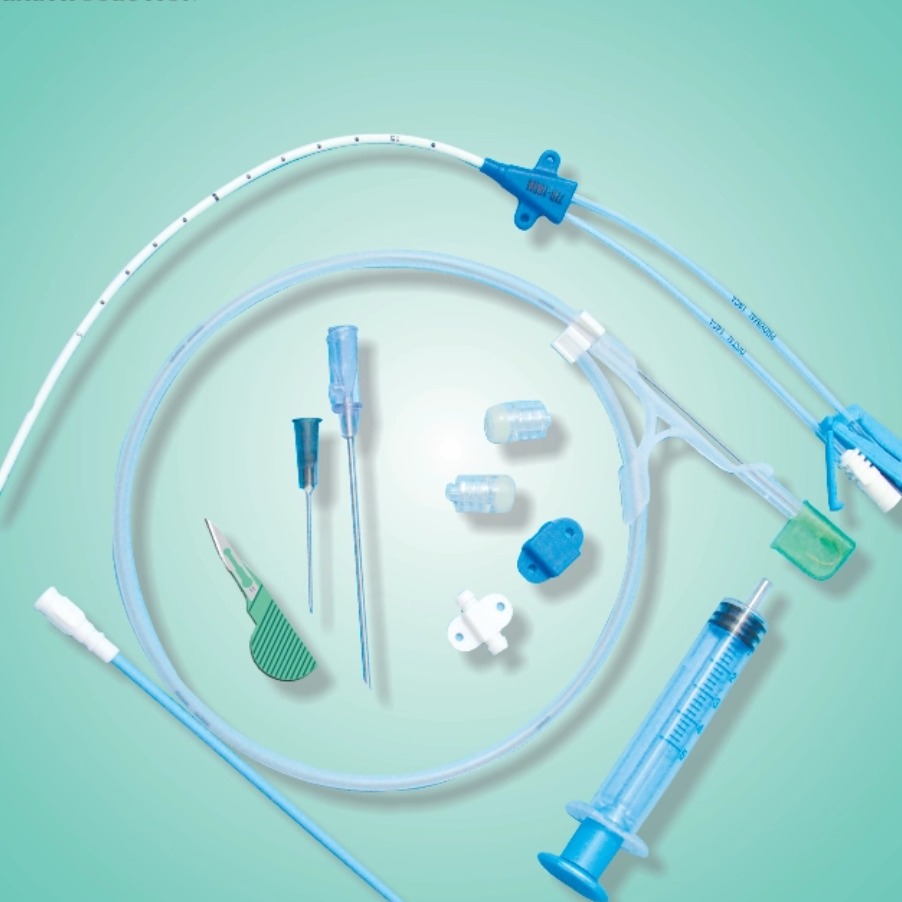General Medical Devices-- Regulatory framework for medical devices Medical devices sold in the EU are subject to one of three medical device directives: the general Medical Devices Directive (MDD), 2 the Active Implantable Medical Device Directive (AIMDD)4 and the In Vitro Diagnostic Device Directive (IVDD), 5 depending on the type of device under consideration. For the purposes of this discussion only the general MDD will be considered. The scope of the other two directives is not likely to be relevant to tissue regeneration products. The medical device directives form a regulatory regime that is fundamentally quite different to that for medicinal products. The authorisation procedure for medical devices may take several different routes ranging from ‘self-certification’, in which the manufacturer makes no submission for external assessment but instead signs a declaration that their product is in compliance with the requirements of the relevant medical devices directive, to prior authorisation of the product by one or more external assessment agencies before they can make the declaration that their product complies with the directives. The central principle of the medical device directives is the establishment of ‘Essential Requirements’ (ERs) to which the device must conform, but the solutions the manufacturer may use to demonstrate conformity with the ERs are not specified in the legal documents. The use of ERs is a cornerstone of the ‘New Approach’ adopted by the European Commission in order to establish requirements for the safety and suitability for purpose of a wide range of goods without being unduly restrictive. This approach is designed for fast-moving and innovative industries which develop and introduce new technologies rapidly and that would be disadvantaged by the imposition of fixed requirements upon a variable and rapidly evolving technical field.

This is your website preview.
Currently it only shows your basic business info. Start adding relevant business details such as description, images and products or services to gain your customers attention by using Boost 360 android app / iOS App / web portal.


Submit Your Enquiry